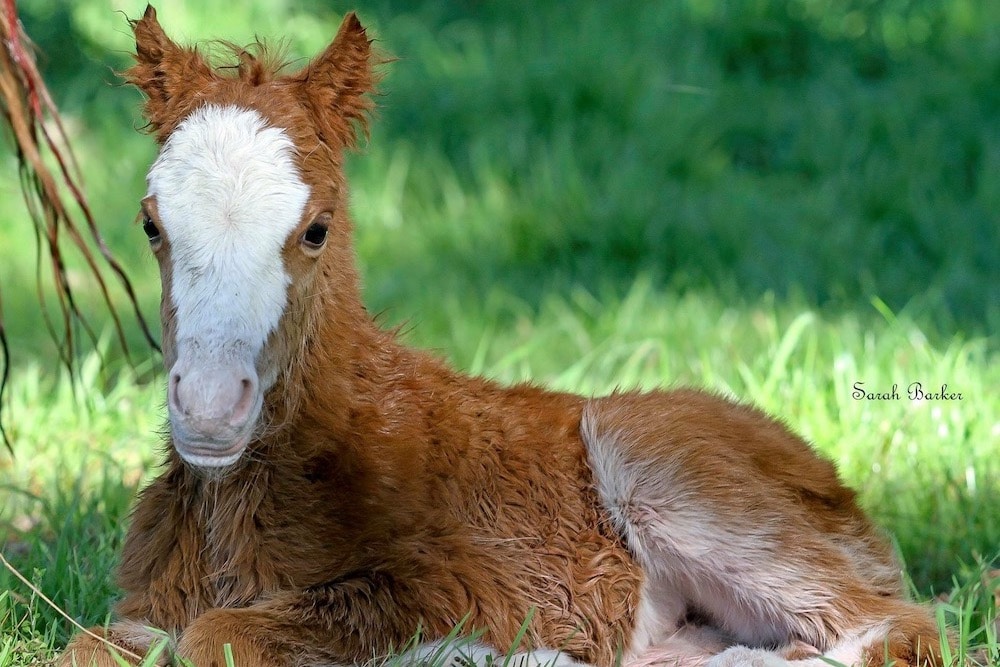03 May A Guide to AI
Posted at 23:01h
in Vet News
What Is Artificial Insemination (AI)?
- Breeding the mare by collecting semen from the stallion and inseminating it directly into the mare’s uterus.
- Can be used with fresh semen immediately, the semen can be mixed with extenders, treated with antibiotics and chilled for up to 48 hours before use or frozen with liquid nitrogen for use at a much later date once thawed.

Advantages
- Increased gene pool
- Importation of genetics without the expense, risk and quarantine involved with importing horses.
- Increased number of stallions available to breed your mare too including interstate and international.
- Stallion owners can market to mare owners from around the world and increase profits.
- Eliminates the need for the mare (and foal) to be transported to stud
- Fresh and chilled insemination can be done at your property.
- Frozen insemination is usually required to be at the veterinarian’s clinic.
- Reduced stallion breeding pressure as semen collected no more than every other day.
- Less chance of injury to the mare or stallion
- Good for stallions who have a reduced libido, are still competing or are injured.
- Eliminates the need for a mare and stallion to interact.
- Prevents stallion being injured by mare and vice versa, also reduced chance of staff being injured.
- Reduces the spread of sexually transmitted diseases
- Problem breeding mares may be more suited to AI than natural cover.
- Those that at the time of service become agitated and foal proud.
- Mares that are injured or have physical difficulties that may make natural cover painful.
- Semen is evaluated after collection and before insemination to measure concentration and motility.
- Can estimate the likelihood the mare will conceive once inseminated.
- Semen with good fertility is diluted and divided, thus more mares can be bred from one ejaculate.
- Stallions with reduced fertility may have their semen concentrated to enable a higher conception rate.
- Frozen semen can be stored indefinitely
- Can purchase semen at any time and in bulk for use in multiple mares over multiple years.
- Can continue using a stallions semen when he becomes infertile or passes on.
Disadvantages
- Timing of inseminating must be more precise when dealing with chilled and frozen semen.
- Fresh semen remains viable in the uterus for 3 to 5 days.
- Chilled semen is inseminated within 48 hours of ovulating.
- Frozen semen is inseminated within 4 hours of ovulation.
- More labor intensive with a high level of veterinary input and specialized equipment.
- Some stallions may not be suitable
- Low sperm counts and motility and/or the semen may not freeze/thaw well
- Reduced pregnancy rates compared to natural cover.
- More expensive than natural service
- Additional costs of collecting, chilling/freezing semen, transportation and insemination.
- Often more than one cycle is necessary before the mare becomes pregnant.
What to do now
- Contact your veterinarian to discuss a breeding plan if you wish to utilize artificial insemination.
- Many veterinary clinics offer an AI package for 1cycle, 3 cycles and/or the season.
- Communications between you, your veterinarian and the semen supplier are important for a successful breeding.


